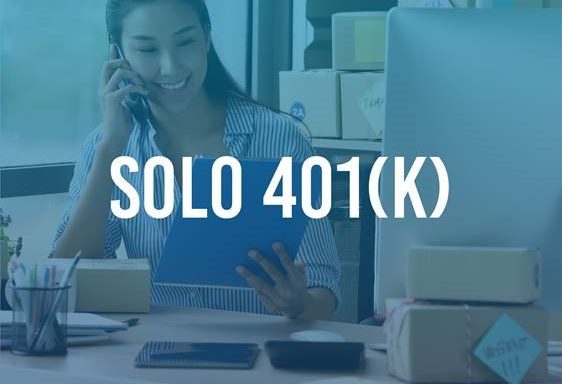Are you a self-employed individual with no full-time employees in your company? If so, here’s great news for you! The Solo 401k is emerging as a powerful tool to not only secure your retirement but also to significantly lower your tax burden. In this ever-evolving financial landscape, let’s explore the Solo 401k and its distinct advantages over the traditional IRA.
Understanding the Dynamics
The Solo 401k operates as a two-part plan, consisting of the “Plan” and the “Participant.” Your company sponsors the plan, while you, as the business owner, are the participant. Interestingly, business partners can individually participate in the Solo 401k, allowing each partner to contribute more towards their retirement and enjoy immediate tax reductions.
Benefits Galore
Compared to the traditional IRA, the Solo 401k boasts several key benefits:
1. Higher Contribution Limits: One of the most significant advantages is the higher contribution limits. In 2024, you can contribute the lesser of 25% of your income or $69,000, up from $66,000 in 2023.
2. Borrowing for Personal Use: Unlike an IRA, the Solo 401k permits borrowing. You can borrow up to 50% of the plan value, capped at $50,000, for personal use.
3. Tax Advantage in Property Investment: Utilizing a Solo 401k to acquire property with debt shields the income from Unrelated Debt Financed Income Tax (UDFI). This translates to no taxes and eliminates the need for filing Form 990T tax returns – a significant advantage over IRAs using leverage. Discuss this with your tax advisor before your plan acquires debt.
Pre-Tax or After-Tax? Why Not Both!
Unlike the IRA, the Solo 401k allows for both pre-tax and after-tax contributions. The “participant” bucket can receive after-tax contributions, treated similarly to Roth IRA contributions. This flexibility adds a layer of strategic planning to optimize your retirement savings.
SECURE Act 2.0: A Game Changer
The late 2022 passage of the SECURE Act 2.0 brought good news for savers. Designated Roth accounts in a 401(k) or 403(b) plan are subject to the RMD rules for 2023. However, for 2024 and later years, RMDs are no longer required from designated Roth accounts. As a result, you are empowered to maintain control over your retirement savings without being forced to take distributions.
Catch-Up Contributions for a Secure Future
Turning 50 comes with additional benefits. The “catch-up contribution” limit for those aged 50 and over participating in retirement plans like the 401(k) is now $7,500, up from $6,500. In 2024, individuals under 50 can contribute $23,000, while those 50 or older can maximize their contributions to $30,500.
Guidance for a Financially Sound Future
It’s crucial to consult with your tax advisor regarding retirement contributions. Your tax advisor will help ensure compliance with guidelines and maximize your tax savings. These discussions become particularly relevant during tax filing, and having the right information is key to unlocking potential benefits.
Connect with uDirect IRA Services
If you’re intrigued by the Solo 401k and have self-directed retirement questions, uDirect IRA Services is here to help. Reach out to them at info@uDirectIRA.com for a consultation. Take the proactive step towards securing your financial freedom and explore the advantages that the Solo 401k can offer in 2024.






